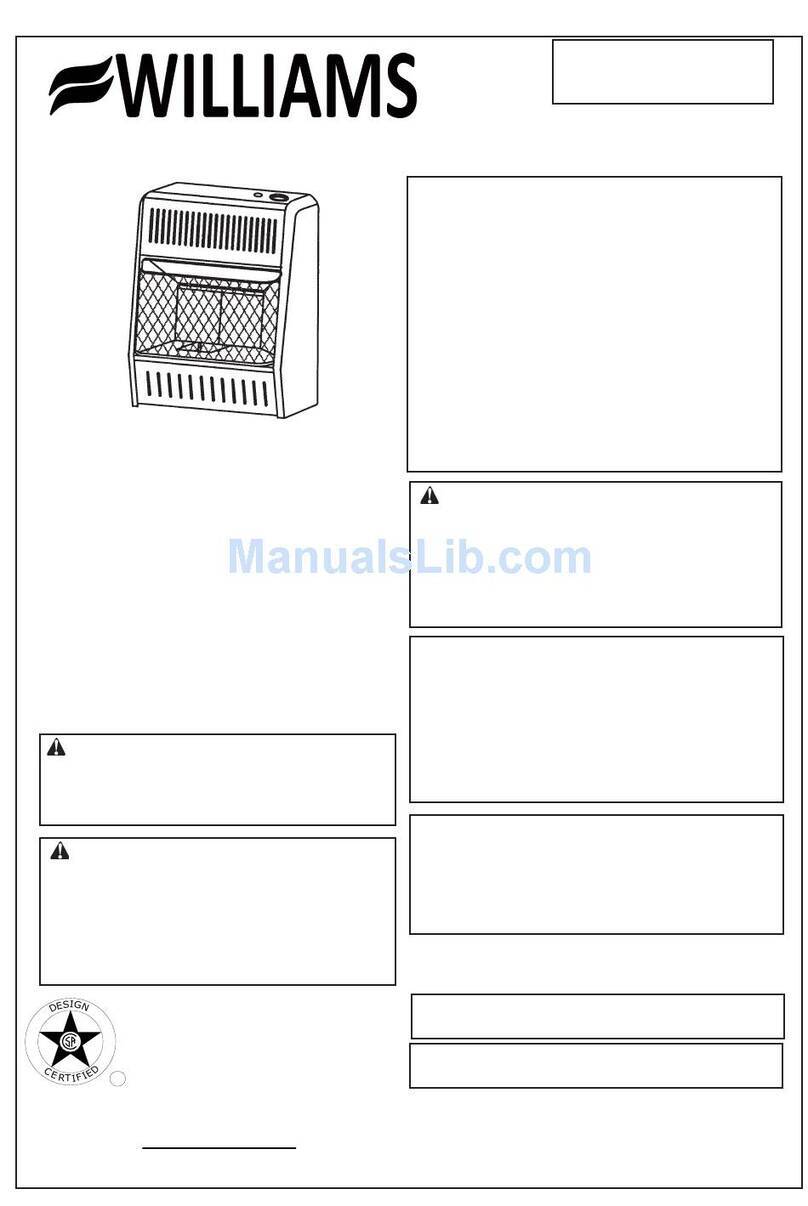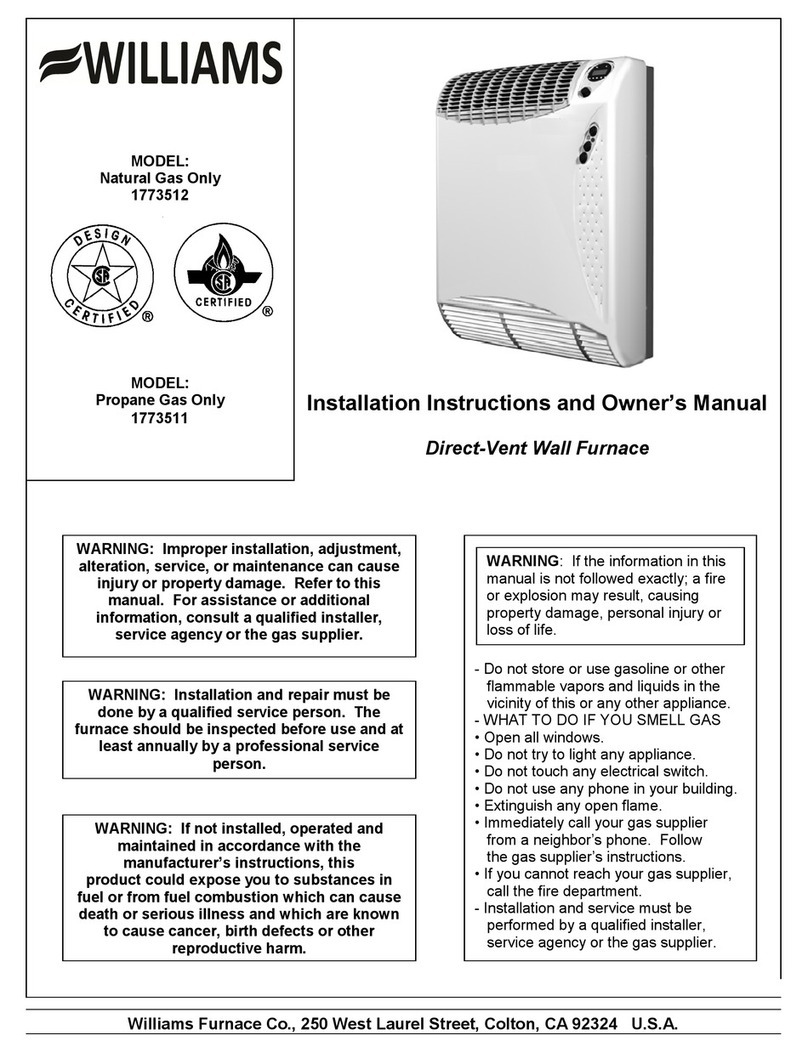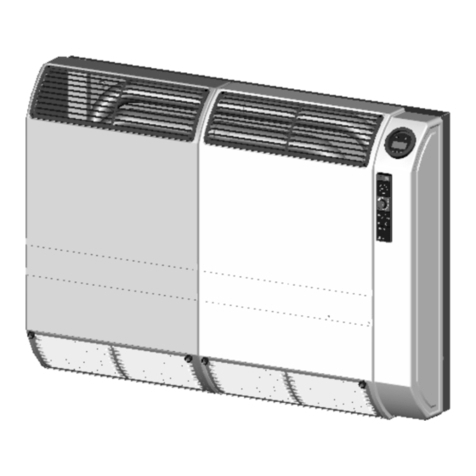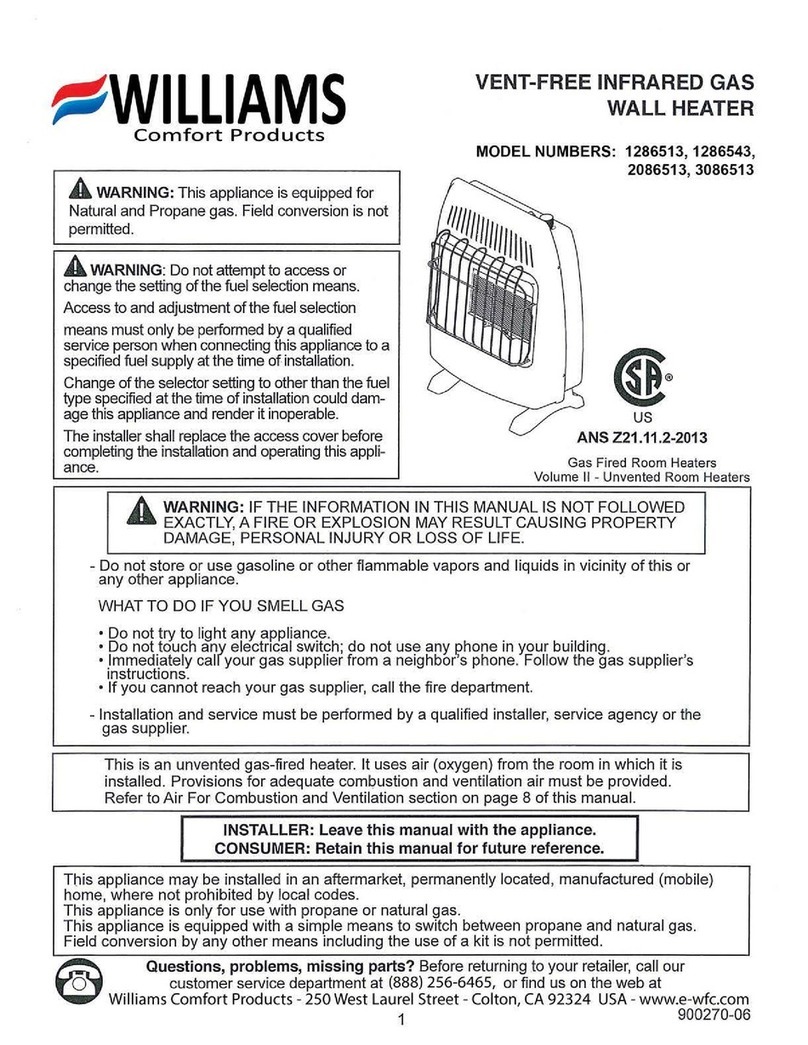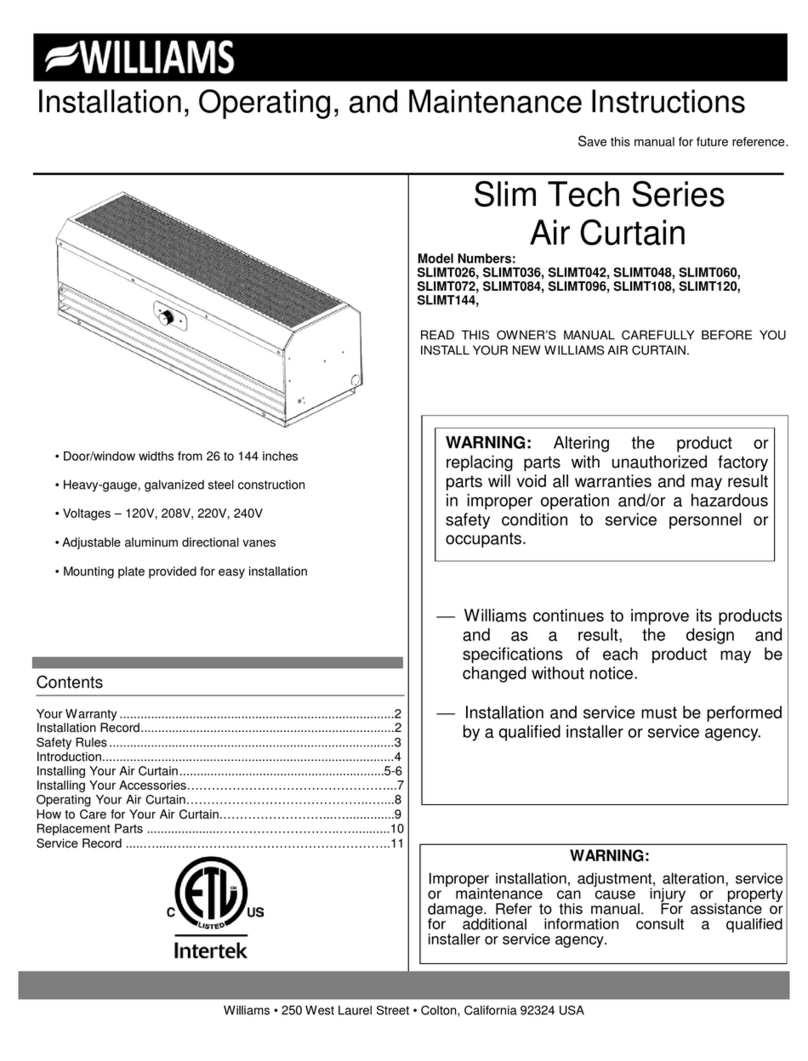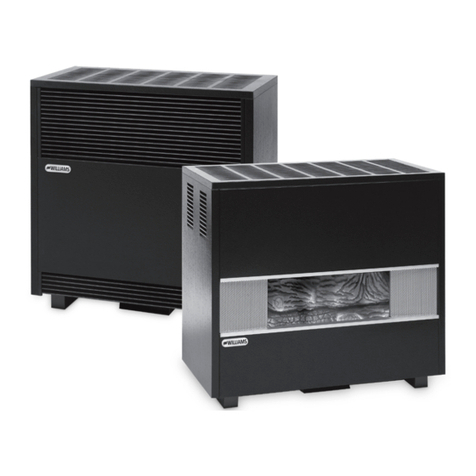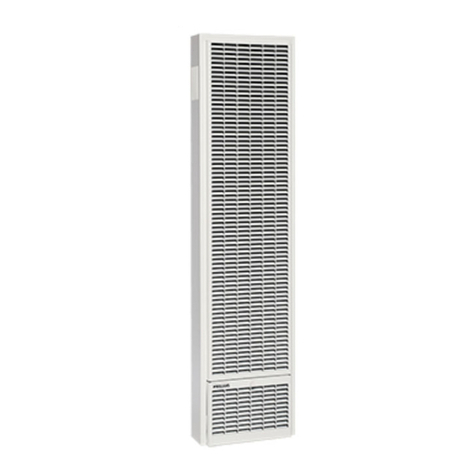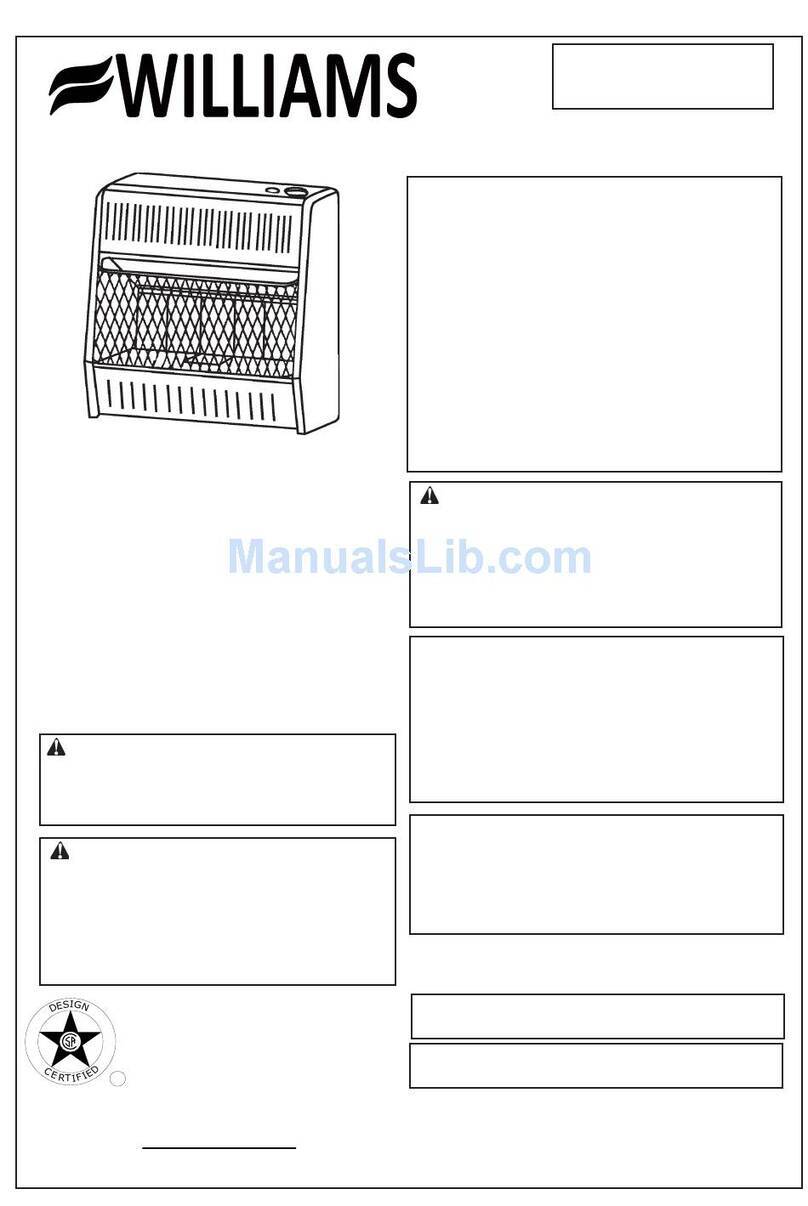Safety Rules
WARNING
IN CANADA
WARNING
READ THESE RULES AND THE INSTRUCTIONS
CAREFULLY. FAILURE TO FOLLOW THESE RULES
AND INSTRUCTIONS COULD CAUSE A
MALFUNCTION OF THE FURNACE. THIS COULD
RESULT IN DEATH, SERIOUS BODILY INJURY,
AND/OR PROPERTY DAMAGE.
INSTALLATION MUST CONFORM TO LOCAL
CODES OR, IN THE ABSENCE OF LOCAL
CODES, THE CURRENT CAN/CGA B149
INSTALLATION CODE.
THE APPLIANCE, WHEN INSTALLED, MUST BE
ELECTRICALLY CONNECTED AND GROUNDED
IN ACCORDANCE WITH LOCAL
CODES OR, IN THE ABSENCE OF LOCAL
CODES, WITH THE CURRENT CSA C22.1
CANADIAN ELECTRICAL CODE.
REFERENCE IS MADE IN THIS MANUAL
REGARDING GAS TYPE AS L.P.G. BE ADVISED
THAT L.P.G. IS NOT AVAILABLE IN CANADA,
REFER TO PROPANE/L.P. GAS.
1.
2.
3.
INSTALLATION MUST CONFORM TO LOCAL CODES. IN
THE ABSENCE OF LOCAL CODES, INSTALLATION MUST
CONFORM WITH THE NATIONAL FUEL GAS CODE, ANSI
Z223.1. THE APPLIANCE, WHEN INSTALLED, MUST BE
ELECTRICALLY CONNECTED AND GROUNDED IN
ACCORDANCE WITH LOCAL CODES OR, IN THE
ABSENCE OF LOCAL CODES, WITH THE CURRENT
NATIONAL ELECTRICAL CODE ANSI/NFPA NO.70.
1. USE ONLY MANUFACTURER’S REPLACEMENT PARTS.
USE OF ANY OTHER PARTS COULD CAUSE INJURY
OR DEATH.
2. DO NOT install this heater in an alcove.
3. DO NOT install this heater in a travel trailer, recreational
vehicle or mobile home.
4. MAINTAIN all clearances specified in section “Locating
Room Heater” and “Vent Installation”.
5. BE SURE heater is for type of gas to be used. Check the
rating plate by the gas valve in the lower cabinet. Do not
change it to use other gases. Unsafe operation could result
and could cause bodily injury and death.
6. For Natural Gas, the minimum inlet gas supply pressure
for the purpose of input adjustment is 5” water column. The
maximum inlet gas supply pressure is 7” water column.
For L.P. gas, the minimum inlet gas supply pressure for the
purpose of input adjustment is 11” water column. The
maximum inlet gas supply pressure is 13” water column.
7. ANY SAFETY SCREEN, GUARD OR PARTS REMOVED
FOR SERVICING FROM THIS APPLIANCE MUST BE
REPLACED PRIOR TO OPERATING THE APPLIANCE TO
AVOID PROPERTY DAMAGE, BODILY INJURY OR DEATH.
8. INSTALL the heater vent directly to the outdoors, so that
harmful gases will not collect inside the building. Follow the
venting instructions for your type of installation exactly. Use
only the type and size of vent pipe and fittings specified.
9. BE SURE to provide for adequate combustion and
ventilation air. The flow of this air to the heater must not be
blocked.
10. NEVER test for gas leaks with an open flame. Use soap
suds to check all gas connections. This will avoid the
possibility of fire or explosion.
11. ALLOW heater to cool before servicing. Always shut off
electricity and gas to heater when working on it. This will
prevent any electrical shocks or burns.
12. DUE TO HIGH TEMPERATURES, locate the heater out
of traffic and away from furniture and draperies.
13. ALERT children and adults to the hazards of high surface
temperatures and to keep away to avoid burns or clothing
ignition.
14. CAREFULLY supervise young children when they are in
the same room with the heater.
15. DO NOT place clothing or other flammable material on or
near heater.
16. INSTALLATION and REPAIR must be done by a qualified
service person. The appliance should be inspected before
use and at least annually by a professional service person.
More frequent cleaning may be required due to excessive lint
from carpeting, bedding material, etc. It is important that
control compartments, burners and circulating air passages
be kept clean. Failure to keep burner-control compartment
and other parts of heater clean can cause dangerous
conditions to develop which can cause injury and even death.
17. BEFORE INSTALLING optional blower: To avoid
electrical shock, turn off electrical circuits that pass through
the wall where you are going to install the heater.
18. BE AWARE of good safety practices by wearing personal
protective equipment such as gloves and safety glasses to
avoid being injured by sharp metal edges in or around heater
and while cutting or drilling holes in wood and/or sheet metal.
19. CAUTION: Label all wires prior to disconnection when
servicing controls. Wiring errors can cause improper and
dangerous operation. Verify proper operation after servicing.
DO NOT USE THIS HEATER IF ANY PART HAS BEEN UNDER WATER. IMMEDIATELY CALL A CERTIFIED
SERVICE TECHNICIAN TO INSPECT THE HEATER AND TO REPLACE ANY PART OF THE CONTROL SYSTEM
AND ANY GAS CONTROL WHICH HAS BEEN UNDER WATER.
2
